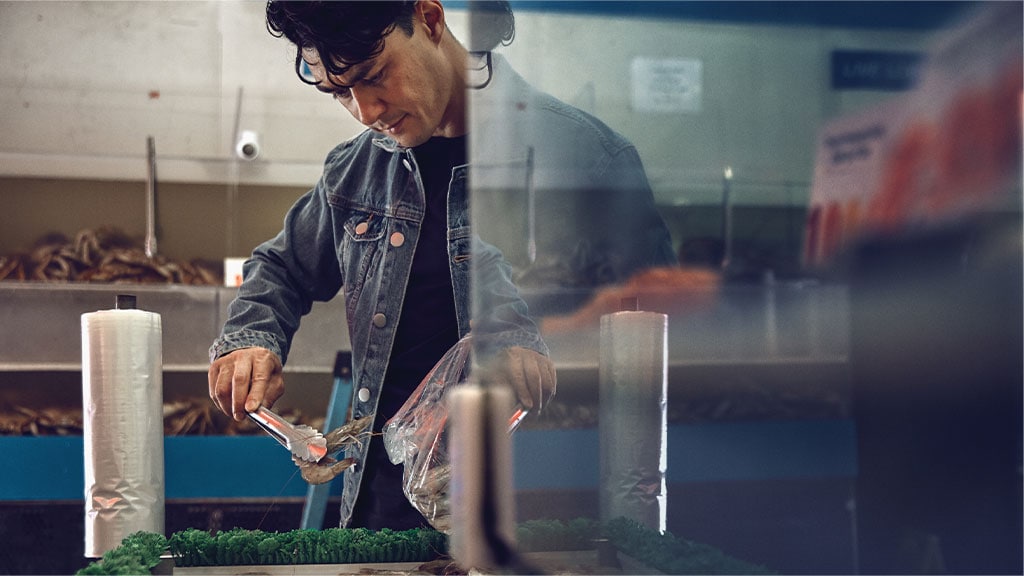Did you know the sandwich you had for lunch probably had its lettuce brought in from China and its poultry from the US? Or the Philippines is one of the biggest suppliers of tropical fruits, like that nutritious banana you had after your morning run?
Thue Barfod, Global Vertical Head for Seafood shares vital insights in fresh produce logistics at Cool Logistics Asia 2020.
Geographical Snapshot and Transport Modes
The world ships a ton of produce, 131 million to be exact, and it is no surprise that most of it are containerized. However, if we look beyond shipping, there are gaps that need to be filled in terms of transportation modes. Pharmaceutical being the most crucial recently, will hopefully expand further to capitalise on inland transportation and airfreight transportation modes soon.
Differences Between Fresh and Frozen
Mr. Barfod also shared the main differences between fruits & vegetables, protein & dairy and fish & seafood. At the surface level, most can tell that fruits & vegetables can be consumed straight away upon arrival. They are perishable in nature, so most of it are bought by retailers to sell to consumers. However, protein & dairy can be bought by both retailers and the food service sector as well. When it comes to fish, they are on the other side of the spectrum where it has a higher degree to be shipped to the food service sector like restaurants.
COVID-19’s Impact on the Industry
Fruits & vegetables have seen a significant rise in demand this year because of the health benefits it brings. This is especially true for citrus due to its high Vitamin C content which might prevent colds and flues. However, topical fruits like bananas and pineapples have seen a more stable demand.
When it comes to protein & dairy, we have seen an increase mainly due to the African Swine Fever. However, this increase can also be compensation for the decrease in demand that COVID-19 brought. One particular meat that suffered the most is the high-end beef that are usually served at restaurants. This also sparked a strong demand for the retail sector carrying meat as more consumers are staying in to eat.
The fish & seafood market is facing a challenging time. Offshore, less fishing vessels are being deployed to reduce the chances of spreading illnesses among crew members and a similar problem can be seen onshore in processing plants were more workers are advised to stay home.
Evidently, the pharma & healthcare industry has been booming due to the increase in demand for PPE, health supplements and medicine.
“When the COVID-19 vaccine is ready, there will be a need to implement multi modal solutions in the supply chains.”, Mr. Barfod added.
Our Vision: Connecting and Simplifying Global Supply Chains
At Maersk, we believe that by being the global integrator we can connect and simplify our customers supply chain. We create efficiencies, values, savings at an environmentally friendly way for ourselves, our customers and the world.
We recently introduced strategic changes that will further improve customer experience and end-to-end service delivery. As part of this, the Safmarine brand will be integrated into Maersk to enhance customers’ access to the global integrated offering. In addition, the Damco brand’s Air and LCL (Less than Container Load) offering will be combined with Maersk’s logistics and services products to complement its end-to-end offering.
无论您需要什么,我们都可以随时为您提供帮助
I agree to receive logistics related news and marketing updates by email, phone, messaging services (e.g. WhatsApp) and other digital platforms, including but not limited to social media (e.g., LinkedIn) from A. P. Moller-Maersk and its affiliated companies (see latest company overview). I understand that I can opt out of such Maersk communications at any time by clicking the unsubscribe link. To see how we use your personal data, please read our Privacy Notification.
By completing this form, you confirm that you agree to the use of your personal data by Maersk as described in our Privacy Notification.
